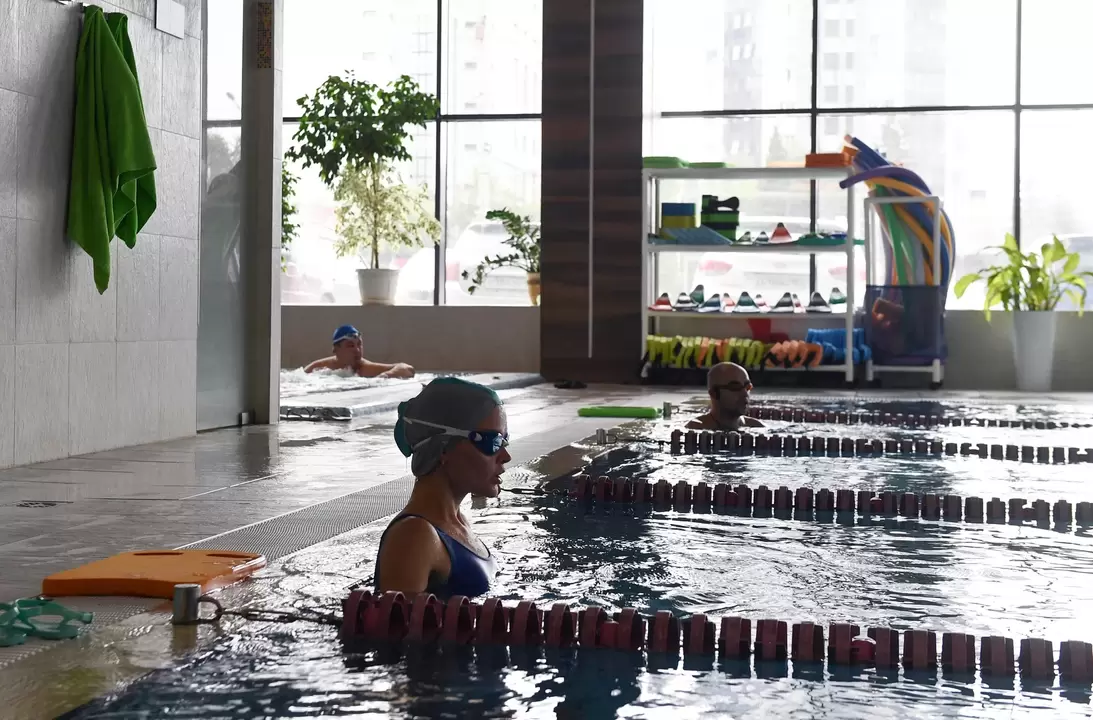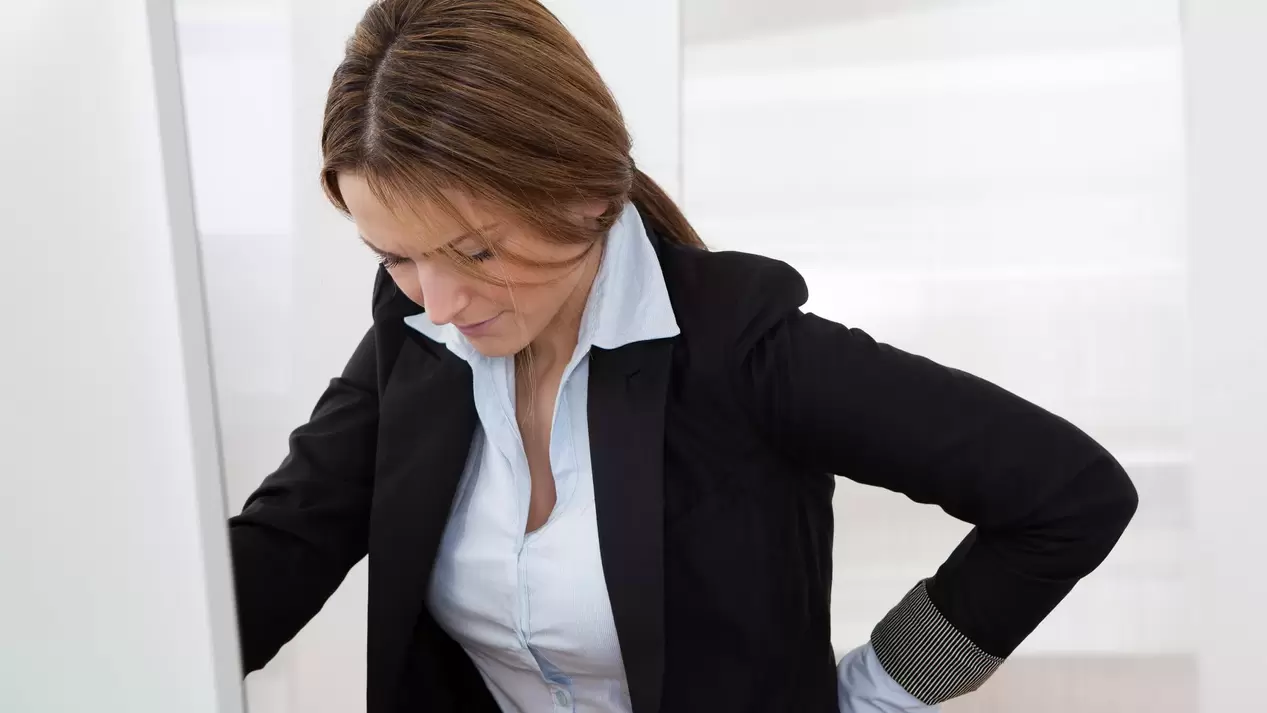
Back pain is a common reason to see a doctor. The cause of anxiety in this area can be a number of diseases.
What is ankylosing spondylitis, severe pain in the sacral region, radiation to the leg, what research is done during the diagnosis, the causes of pain in the lower shoulder blades and the most effective methods of treatment - in the material.
Lower back pain
The sudden onset of acute back pain is quite common. This symptom, which is characteristic of many pathological conditions, is not always caused by diseases of the spine. Manifestations and causes of pain can be different.
Types of pain
According to the nature of the pain in the lumbar region, the main cause of the discomfort can be determined.
Strong
Intense pain is localized in the hip joint, starting from the sacrum region. The pain spreads down the leg and is felt in the leg. Similar symptoms are observed in osteochondrosis with the risk of limb numbness.
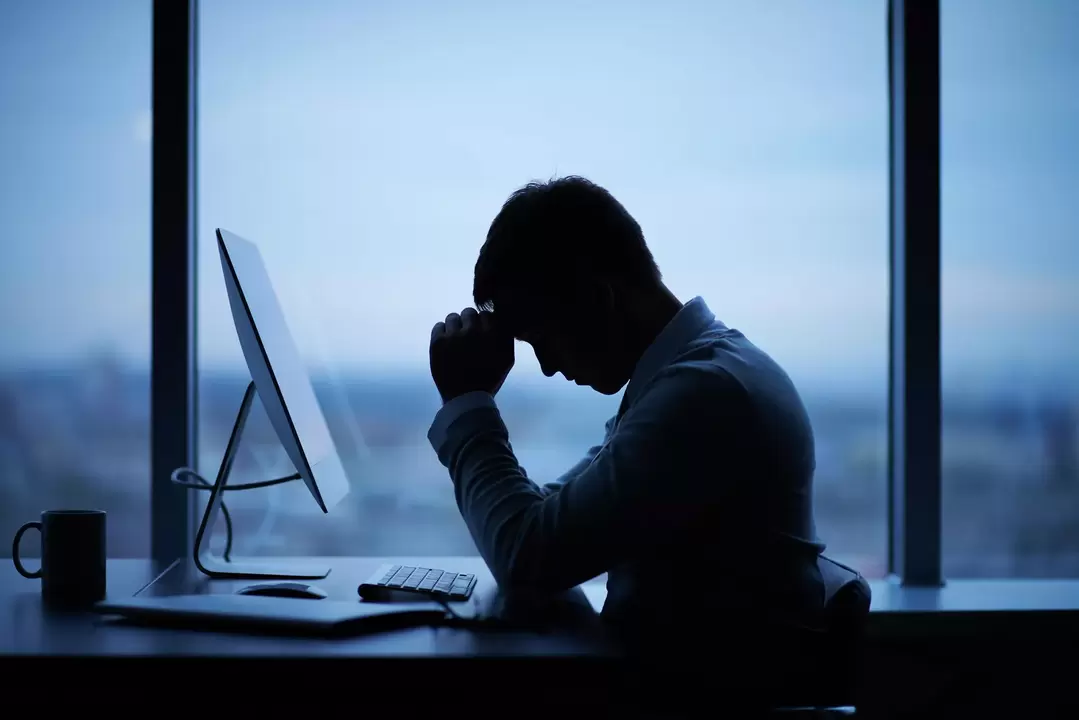
The mechanism of pain development is compression of the sciatic nerve. The pain worsens when walking quickly, bending over, or coughing. Long-term compression of the gluteal muscle leads to its atrophy.
Sharp
Acute pain occurs suddenly. They are unbearable and very tight, often characterized as "lumbago". Depending on the cause, the pain may occur with physical activity. It is accompanied by stiffness of movement (sometimes it is even impossible to correct). The slightest movement aggravates the symptoms. Acute pain can last up to six weeks.
Stretching and pain
Nagging and aching pain in the lower back is most often caused by diseases such as hernia, protrusion and inflammation of the sciatic nerve.
Chronic
The cause of constant pain in the back can be tears or protrusions accompanied by degenerative changes in the back. The intensity of such manifestations increases with physical exercises and is the result of physical inactivity.
Moved
The occurrence of such symptoms is secondary. Diseases of the genitourinary system, ovaries, prostate and other internal organs are accompanied by painful symptoms in the lower back.
Mechanic
Mechanical pain occurs during or immediately after physical activity.
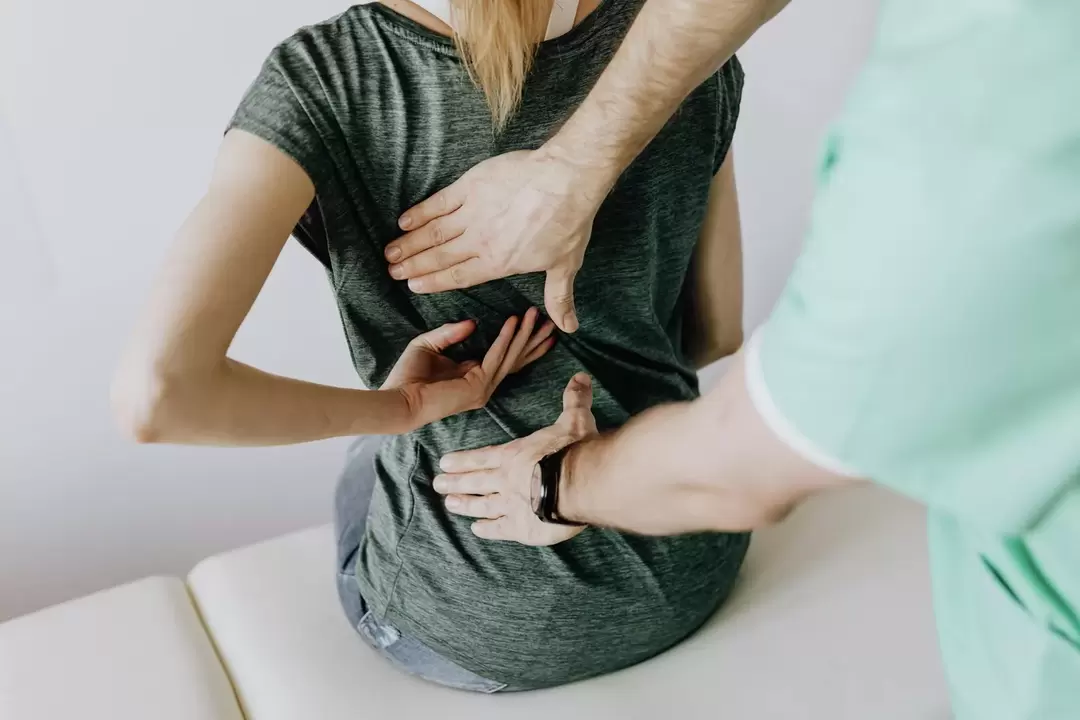
Radiant
Such pains are dull and painful. Painful sensations can also spread to the leg (up to the foot).
local
They are characterized by the appearance of unpleasant sensations in a certain area of the lower back.
was reflected
Referred pain is pain that is felt in a different location than the actual pain.
Radicular
Radicular syndrome is a neuralgic manifestation that can be accompanied by a feeling of numbness and loss of sensation.
Myofascial
Such pain is accompanied by muscle spasm and intensifies when the muscle is touched.
Reasons
The causes of back pain are very diverse and can be associated with pathological conditions both in the spine itself and in the tissues surrounding it.
Experts have identified the main pathologies that cause back pain.
Ankylosing spondylitis
This is a systemic disease accompanied by inflammation of the connective tissues of the spine. With spondylitis, fusion of the vertebrae occurs, as a result of which their motor activity is limited and ankylosis (immobility of the joint) occurs. As a result of the ossification of the paravertebral ligaments, the spine gradually turns into a strong, inflexible bone.
The pathological condition is characterized by increased symptoms:
- First, pain appears in the lumbar region, gradually covering new areas;
- negative symptoms sometimes bother you, but over time they become permanent;
- the stiffness of the movements increases.
The expressiveness of signs is observed at night. Morning pain is unbearable.
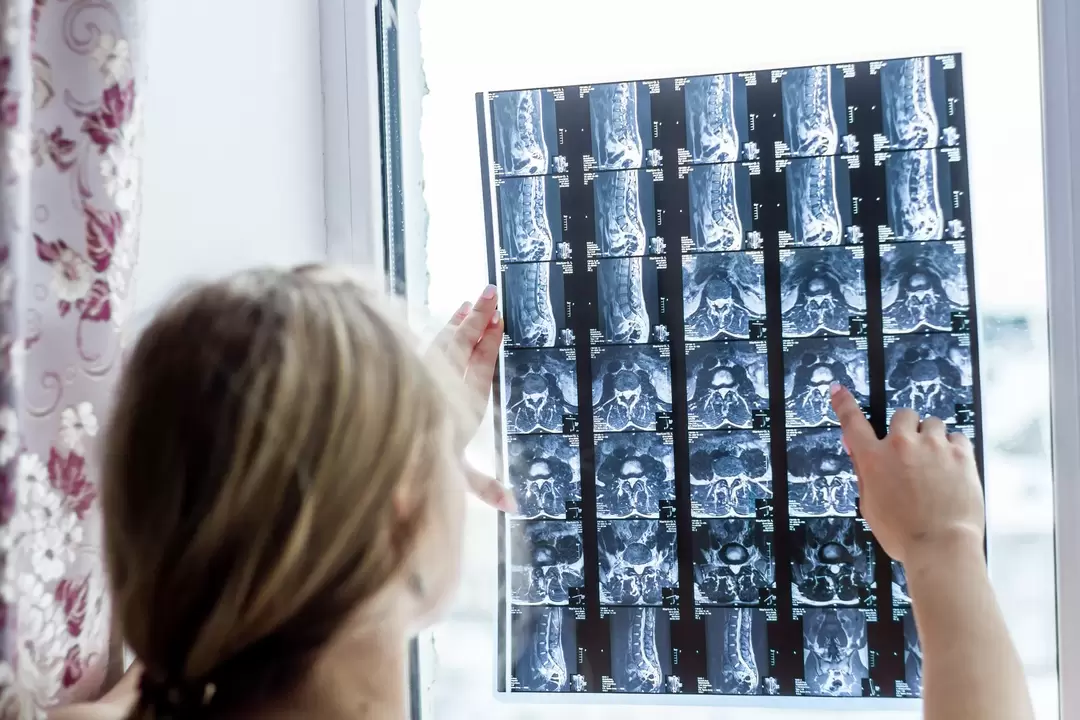
Osteochondrosis
Growth, destruction, protrusion of cartilage tissue caused by malnutrition. This disease causes destructive changes in the intervertebral discs and leads to the development of arthrosis of the spinal joints.
Against this background, dorsalgia (back pain) develops with characteristic manifestations of fire in the lumbar region, with radiation to the hips and legs. A feeling of weakness and numbness appears in the lower limbs. In this case, the nerve endings of the roots are compressed, which causes a burning and tingling sensation.
Torn
Intervertebral hernia is a complication of osteochondrosis. It is characterized by the protrusion of disc fragments and their exit into the vertebral canals.
In the initial stage, there are no symptoms, but the lack of treatment leads to increased pain while limiting the mobility of the lumbar region. Against the background of tension, increasing sharp pain sensations are observed, forcing a person to take an anti-pain position.
Kyphosis and scoliosis
Pain in the lower back is the result of curvature of the spine. Negative symptoms are not observed in the initial stage of spinal curvature deformation. However, over time, muscle fatigue appears with periodic manifestations, but turns into a constant concern. The pain is painful in nature and aggravated by physical activity.
Spondyloarthrosis
With this pathology, the articular cartilage is destroyed and osteophytes (bone growths) are formed. This causes narrowing of the spinal canal and compression of the nerve roots. As a result of these changes, strong pains occur, which intensify during physical activity and disappear in a calm state. Muscle tension is observed, causing a decrease in motor activity.
Protrusion
Prerequisites for the formation of protrusions are spinal injuries, excessive physical activity and muscle weakness due to physical inactivity. In this case, a disc herniation occurs, accompanied by tension and painful discomfort in the lumbar region.
Arthritis
In rare cases, the cause of painful manifestations in the lumbar joints is inflammation of the lumbar region. In the chronic course of the disease, the patient often suffers from "lumbago" caused by hypothermia and overwork.
Osteomyelitis
An inflammatory process of bone tissue is observed with osteomyelitis. The acute period of the disease is characterized by severe pain attacks. Lack of therapy leads to the chronicity of the disease, but the pain syndrome continues.
Pancreatitis
Pain in the lower back is a symptom of inflammation of the pancreas. The disease occurs with stabbing, cutting and pulling sensations of a paroxysmal nature.
Spinal stenosis
The pathological condition is caused by the aggravation of hernias and protrusions. Compression of the nerve roots causes discomfort when walking, at rest, and is aggravated when the back is bent.
Facet syndrome
Destructive changes in the intervertebral discs lead to degeneration of the facet joints (connecting the vertebrae posteriorly). This condition is accompanied by an increased load on muscles and bones and causes an inflammatory process with the subsequent development of spondyloarthrosis and degenerative changes.
Pain in the affected joint area is felt in the form of cramp attacks when bending and rotating the lower back. One of the symptoms is stiffness in movement in the morning and increased anxiety in the evening.
Localization
To determine the cause of pain in the lumbar region, you must first determine the location of the discomfort. You need to contact a specialist to make an accurate diagnosis.
Pain in the lower back
The cause of pain in the lower back is most often pathological conditions in the back or internal organs. The resulting anxiety may indicate the development of:
- osteoporosis;
- osteochondrosis;
- urolithiasis;
- inflammatory process in the ureter;
- cholecystitis;
- pyelonephritis;
- gastritis;
- problems of the gastrointestinal tract.
In such cases, the pain most often appears after lifting heavy objects or walking quickly. Often, painful sensations in the lower back occur after severe injuries or infectious diseases. They are also present during menstruation, pregnancy and menopause.
The pain is above the lower back but below the shoulder blades
Pain between the lower back and shoulder blades can cause the following diseases:
- pathologies of the spine in the lumbar and thoracic region or previous injuries in these regions;
- osteoporosis;
- muscle spasm or tension;
- pancreatitis.
Similar manifestations can occur against the background of the development of neoplasms of various etiologies.
Left lower back pain
Painful sensations in the lumbar region, spreading to the left shoulder blade and covering the left side of the neck, are often caused by myocardial infarction.
Cutting pain in this area indicates the possibility of a perforated ulcer.
Also, such symptoms may indicate the presence of diseases and pathological conditions such as radiculitis, osteochondrosis and bad posture. In such cases, painful pain is felt, which occurs against the background of physical inactivity or exceeding the permissible loads.
Right lower back pain
Suspicion of the pathology of the kidneys or genitourinary organs arises when a dull aching pain appears on the right. Inflammation can have an infectious etiology or be the result of hypothermia.
Sharp, sudden pain on the right side suggests the possibility of a perforated ulcer, burst appendicitis, or signals internal bleeding. Pain on the right side often indicates muscle strain and radiculopathy.
Back pain when coughing
Possible causes of back pain when coughing:
- osteochondrosis;
- torn;
- stenosis of the nerve root causing weakness and difficulty walking;
- facet arthropathy in which muscle tension occurs;
- damaged annulus fibrosus;
- pathological condition of the kidneys.
Painful sensations during coughing are often observed against the background of neuralgia.
Back pain can be caused by physiological reasons. These include:
- overweight,
- passive lifestyle,
- excessive physical activity.
Diagnostics
To determine the source of pain in the lumbar region, it is necessary to conduct a comprehensive diagnostic examination. It includes laboratory tests and instrumental procedures.
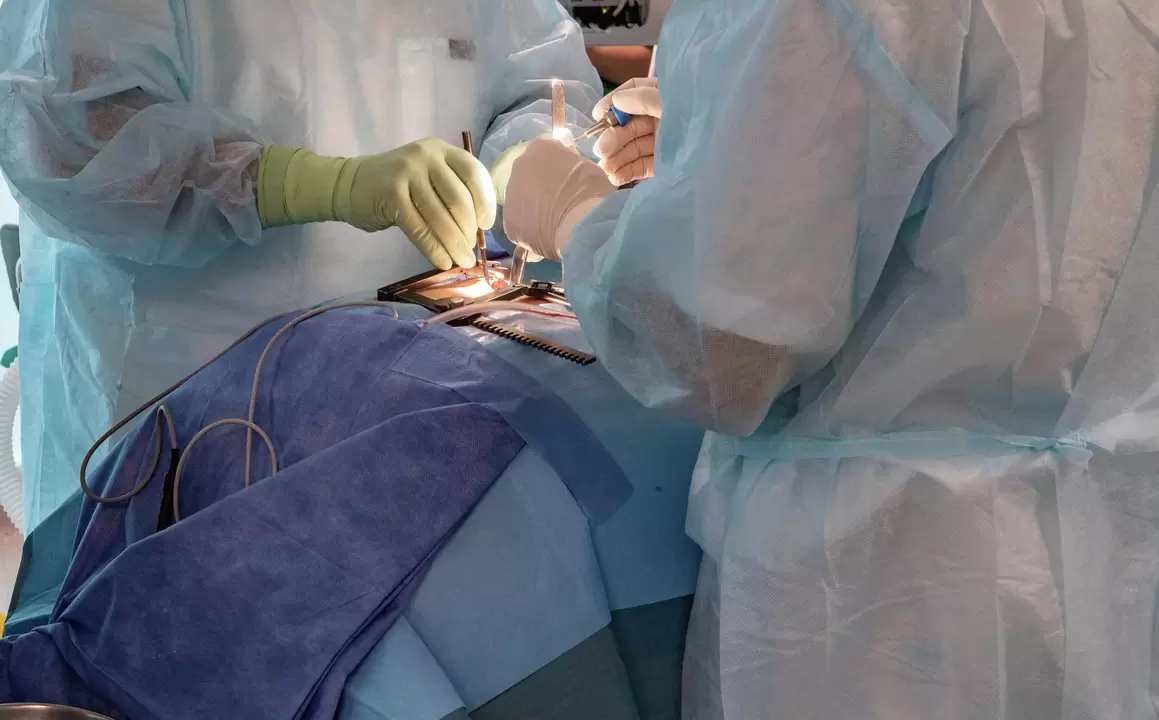
The main ones are:
- blood test (general, biochemical), urine;
- tests for tumor markers;
- X-ray of the spine;
- endoscopic examination of internal organs;
- ultrasound (ultrasound examination);
- MRI (magnetic resonance imaging).
In addition, it is necessary to consult a neurologist and a chiropractor. An accurate diagnosis is established by a specialist who will decide how to treat back pain based on the results of the examination.
Treatment
The main methods of treatment of back pain:
- medicine;
- physiotherapy;
- surgical intervention.
Diseases accompanied by back pain can pose a serious threat to human health (even death). You should consult a therapist, neurologist or neurologist without self-medication. Often, it is necessary to consult a urologist and gynecologist to determine the cause of the pain.
Surgical
Surgical intervention is relevant only as an emergency measure for oncology. Specialists perform planned operations only in the absence of positive dynamics in the therapeutic treatment of protrusions, tears and fractures.

Medicine
The first step in pain relief is non-steroidal anti-inflammatory drugs (NSAIDs). They are used in various forms - tablets, injections, rectal suppositories, patches, ointments or gels.
Depending on the established diagnosis and the severity of the symptoms, glucocorticosteroids are also used - hormonal drugs that relieve pain and inflammation. If there is a muscle spasm, muscle relaxants are prescribed.
B vitamins are suitable as adjunctive therapy to improve nerve conduction. Drug therapy should always be accompanied by non-drug treatment methods: physiotherapy, physical therapy, massage (except for exacerbation). Based on the effectiveness/effectiveness of the measures taken, the severity of the symptoms and the examination, the patient may be recommended surgical treatment - removal of the hernia, elimination of compression of the spinal cord root.
Treatment depends on the cause of back pain. Pathologies of internal organs should be eliminated by specialized specialists, inflammatory lesions of the skeletal system, systemic inflammations may require antibiotic therapy.
Rehabilitation
When the patient's condition improves and the acute symptoms of the disease are eliminated, doctors can prescribe physiotherapy sessions (electrophoresis, laser therapy, ultrasound, magnetic therapy, transcutaneous electrical stimulation) and exercise therapy.
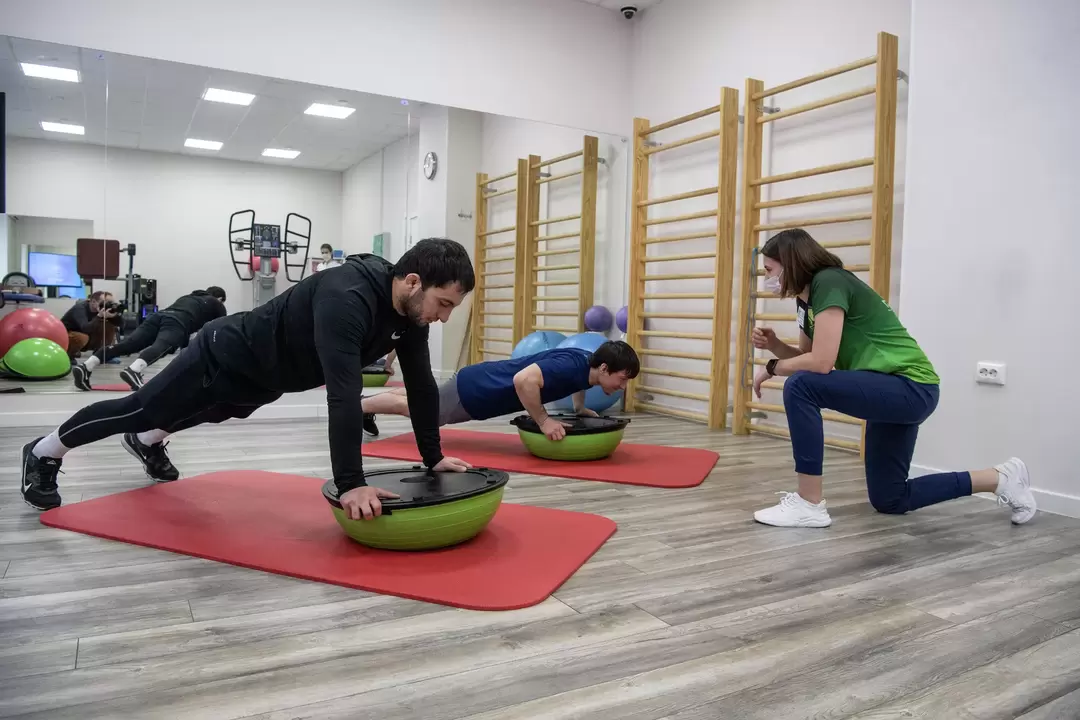
In addition, the attending physician may prescribe acupuncture. Massage sessions are also effective in the treatment of this pathology.
Therapeutic exercises help to strengthen muscles, increase the distance between vertebrae and eliminate painful manifestations. Specially selected exercises relieve nerve roots from compression, help normalize blood flow and normalize metabolic processes.
Prevention
In order to prevent degenerative changes in the spine, it is very important to follow the correct motor mode every day, to engage in alternative physical activities, walking and swimming. In addition, it is important to control body weight so that the spine does not experience additional stress.
Often, the lumbosacral and cervical spine are affected by degenerative changes. The thoracic region fixed by the rib cage suffers less from osteochondrosis. Pain occurs in the projection of the back, respectively, in the lower back or neck. At first, it can be periodic and average.
At this stage, a person can help himself independently. To reduce pain, you need to lie on your back: this is the most comfortable position of the body, where the intervertebral discs, ligaments and joints of the spine are in the most comfortable position. For the lumbar region, this is the most common side position with bent legs. You can take NSAIDs once. It is recommended to apply an ointment or cream with an anti-inflammatory effect locally to the painful area.
As the process progresses, pain becomes more frequent and increases in intensity. It can spread to the arm or leg. Numbness (sensitivity) and motor deficits (weakness) often appear in the limbs. These signs indicate that the spinal roots are involved in the pathological process.
In addition, preventive measures for back pain include:
- daily morning exercises;
- balanced diet;
- compliance with the drinking regime;
- regular preventive examinations.
